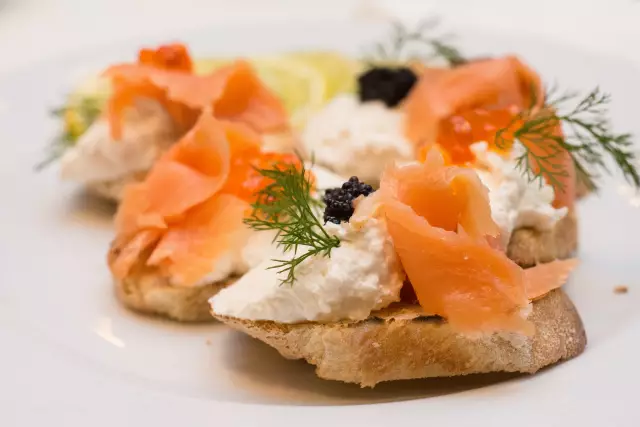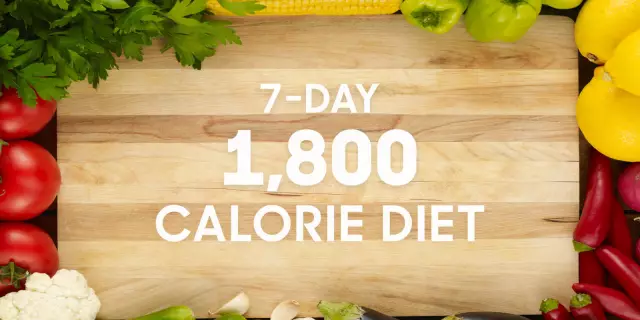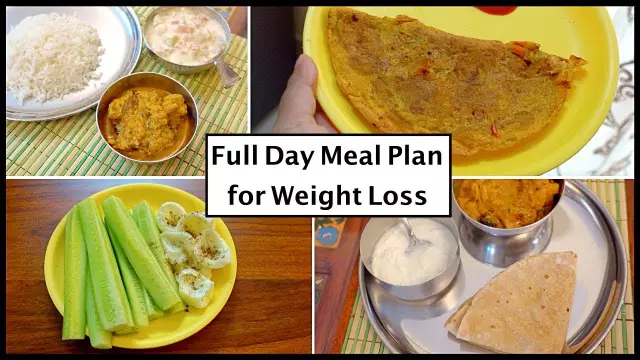- Author Rachel Wainwright [email protected].
- Public 2023-12-15 07:39.
- Last modified 2025-11-02 20:14.
Chickpeas
Chickpeas are a leguminous annual plant. Its grains have a very unusual shape, somewhat reminiscent of a ram's head with a small bird's beak. Central Asia is considered the birthplace of this plant. Currently, it is cultivated in the Mediterranean, India, Eastern Europe, East Africa, Central and Central Asia.

Chickpeas were known to people in ancient times. It was not only used as food, but was also considered one of the medicines.
Among legumes in popularity, chickpeas are in third place, second only to peas and beans.
Properties of chickpeas
Chickpeas are high in high quality fats and proteins. In addition, they are rich in vitamins A and C, potassium, magnesium, calcium and the essential amino acids tryptophan and methionine.
Speaking about the beneficial properties of chickpeas, one cannot fail to note the fact that the protein contained in it is not inferior in quality to the protein of a chicken egg. Chickpeas also contain about 8% fat and 60% carbohydrates. In terms of their nutritional value, chickpeas are not inferior to meat, and therefore many people consume them during fasting. It is also known that regular consumption of chickpeas in food is an excellent prevention of many diseases of the cardiovascular system.
The fiber contained in chickpeas improves the activity of the gastrointestinal tract. The beneficial properties of chickpeas include the fact that the carbohydrates contained in it are absorbed gradually and rather slowly, without leading to a sharp increase in the concentration of glucose in the blood serum. Thanks to this, chickpeas can be used in the dietary nutrition of patients with diabetes.
In folk medicine, chickpeas are recommended as a means of preventing cataracts (clouding of the lens, leading to a decrease in visual acuity and complete blindness).
Negative properties of chickpeas
The disadvantages of chickpeas include the fact that it takes a long time to cook and possible digestive problems. Often, after dishes from chickpeas, flatulence and a feeling of heaviness in the stomach are noted. This is due to the fact that chickpeas contain oligosaccharides, which are difficult to dissolve under the action of gastric juice. Therefore, before cooking, chickpeas should be soaked for at least 12 hours and then cooked for about an hour and a half.
Chickpea Dishes
In the countries of Central and Central Asia, chickpeas are included in many national dishes. It is also ground into flour, which is then added to various sauces, salads and soups.
A salad made from boiled chickpeas with herbs and lemon juice or from boiled beets, chickpeas and pomegranate seeds is very tasty.

Tips for Cooking Chickpea Peas
- As an appetizer, it is recommended to use boiled chickpeas mixed with finely chopped green salad leaves and seasoned with nutmeg, chili, black pepper and coriander.
- If you want to make a variant of Middle Eastern pasta, you should add boiled chickpeas, herbs, small pieces of feta cheese and olive oil to the spaghetti.
- As a second course, you can recommend cooking chickpea stew. To do this, the peas are soaked and then boiled until tender. Lightly sauté the onion and finely chopped carrots in a deep skillet. Add chickpeas, finely chopped tomatoes and walnuts to the vegetables. Season with salt and pepper to taste. Simmer over low heat for about half an hour. Sprinkle finely chopped herbs on top before serving.
- Boiled chickpeas can be added to any vegetable soups. This will not only increase the nutritional value of the soup, but also improve its structure, and most importantly, taste.
YouTube video related to the article:
Found a mistake in the text? Select it and press Ctrl + Enter.






